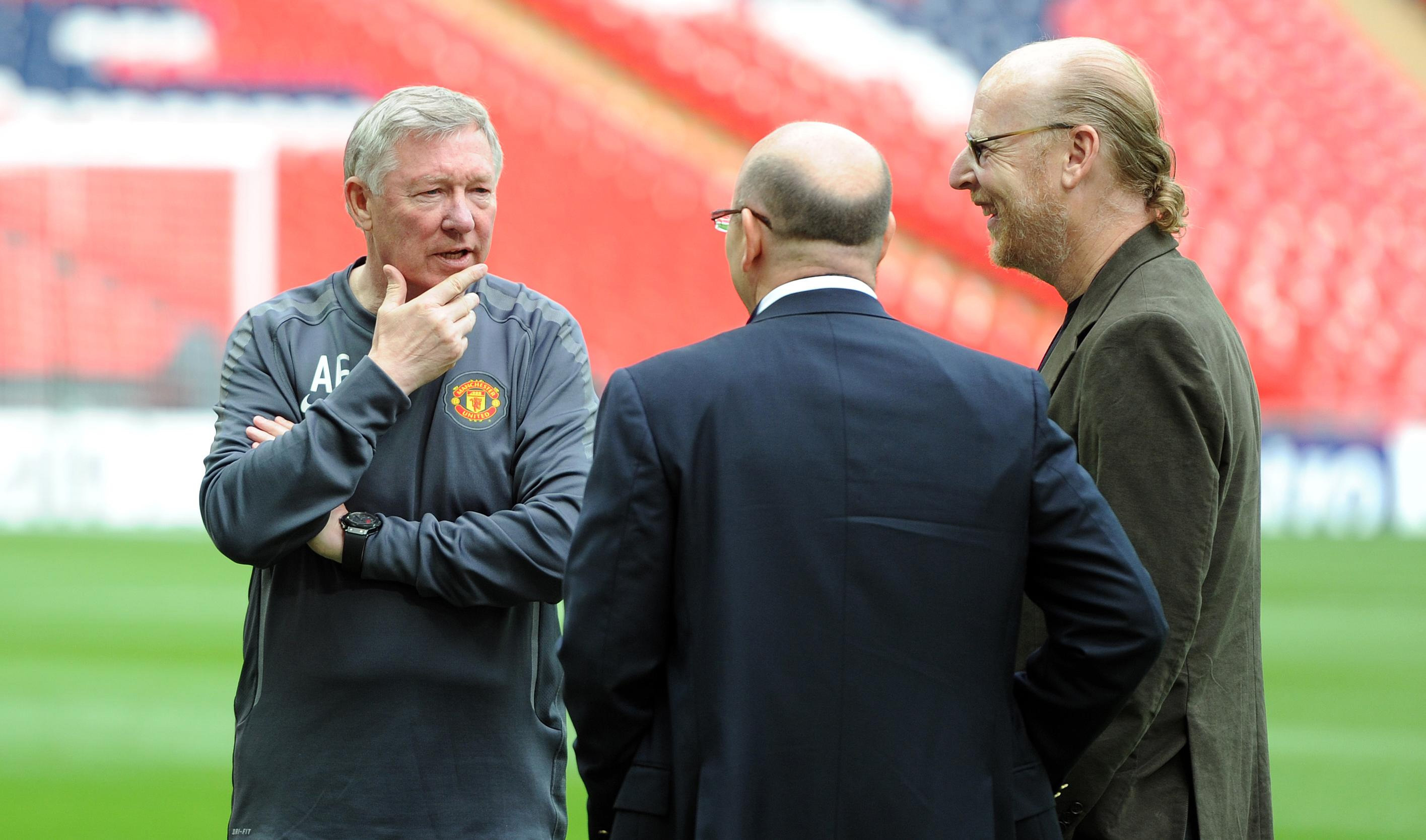Manchester United’s decline under Glazers since Sir Alex Ferguson’s retirement

On this day 10 years ago, Manchester United confirmed the signing of Robin van Persie from Arsenal.
The Dutchman was widely regarded as the best striker in the Premier League at the time – having scored 30 goals for the Gunners in the previous season – and went on to net 26 times for United in their 2012-13 title-winning campaign.
It was the 13th and final Premier League trophy secured with Sir Alex Ferguson as manager, and the fifth in eight years under the ownership of the Glazer family.

The Red Devils, now more than 17 years after the Glazer takeover, have made a terrible start to their 10th season since Ferguson’s retirement.
United are bottom of the table after two games and struggling to sign players under new manager Erik ten Hag.
Here, the PA news agency looks at how United have fared under their long-time owners.
Ferguson irreplaceable

The Glazers’ reign can be split into two halves – the eight seasons under Ferguson and the nine since his departure.
Get FourFourTwo Newsletter
The best features, fun and footballing quizzes, straight to your inbox every week.
In the first period, United secured five Premier League titles and reached three Champions League finals, winning one against Chelsea and losing the other two to an all-conquering Barcelona side. They also won three League Cups and a Club World Cup during this spell.
Since Ferguson’s retirement, the Red Devils have failed to win the league or pass the Champions League quarter-finals. They have won three trophies – the 2016 FA Cup, followed by a League Cup and Europa League double in 2017 – but have missed out on the top four in five seasons.

United have fallen far behind their rivals.
Ferguson’s teams only twice finished more than 10 points behind the title winner during the Premier League era – in 2003-04 (Arsenal’s ‘Invincibles’ season) and 2004-05 (Jose Mourinho’s first year with Chelsea).
In contrast, since 2013-14 United have never finished within 10 points of first place. The closest they came was in 2020-21 under Ole Gunnar Solskjaer, when they ended 12 points adrift of Manchester City in a coronavirus-affected campaign.

There has been a marked decline in attack and defence.
United failed to score in just 11 per cent of Premier League matches under the Ferguson-Glazer partnership, but that proportion has doubled to 22 per cent since the Scot retired.
Similarly, their clean sheet percentage has dropped significantly, from 48 per cent when Ferguson was in charge to 35 per cent since he left.
No shortage of spending
The Glazers have generally supported Ferguson’s successors in terms of transfer budget.
Between 2013-14 and this summer, United have spent almost £1.2billion in transfer fees – equivalent to just over nine per cent of the Premier League total. Only Manchester City and Chelsea have accounted for more (11 per cent and 10 per cent, respectively).

Despite spending more than average, United have brought in the fewest players among big six clubs.
Forty-two players have arrived at Old Trafford on permanent deals since 2013-14, at a rate of four to five per season, compared with an average of 57 (six to seven per season) at City, Chelsea, Liverpool, Arsenal and Tottenham.
While spending levels have increased, the number of new arrivals is consistent with the Ferguson years, in which 35 players were signed over the course of eight campaigns under the Glazers.
This window has been an exception, however, with United having signed only three players so far in Lisandro Martinez, Tyrell Malacia and Christian Eriksen.
The Red Devils are currently the lowest spenders among the ‘big six’. Wolves, Leeds, West Ham and Nottingham Forest have also invested more in improving their squads.
Lack of transfer strategy

Ten Hag is desperate to bring “quality players” to Old Trafford, but any arrivals will now be faced with adjusting to their new surroundings during the season.
Since Ferguson retired in May 2013, United have generally bought players later in the transfer window than the average Premier League club.
They have signed 26 players – excluding free transfers – during summer windows since Ferguson’s departure, with 10 of those deals (38 per cent) completed after the start of the term.
On average in the Premier League since 2013-14, 32 per cent of summer transfers happen after the opening weekend.
This excludes signings made during the 2018-19 and 2019-20 seasons, when the transfer window closed before the first round of matches.
- Raphael Varane
- Cristiano Ronaldo
- Alex Telles
- Facundo Pellistri
- Anthony Martial
- Angel Di Maria
- Radamel Falcao
- Marcos Rojo
- Daley Blind
- Marouane Fellaini
The recent transfer record at Old Trafford is in stark contrast with United’s transfer strategy under Ferguson.
In Ferguson’s eight seasons working with the Glazer family, United completed just three of 25 transfers (12 per cent) after the campaign had started – the lowest percentage of any big six club.
